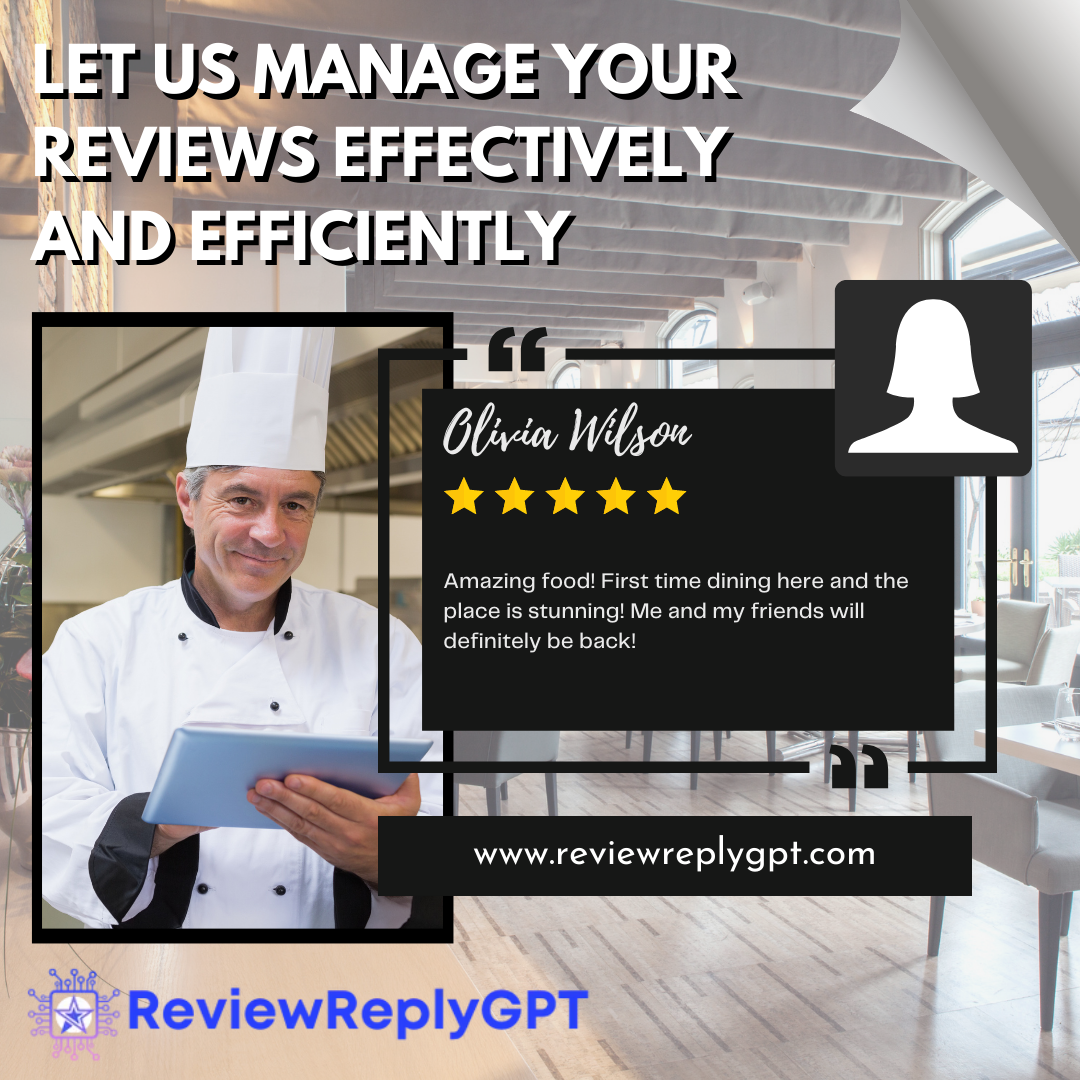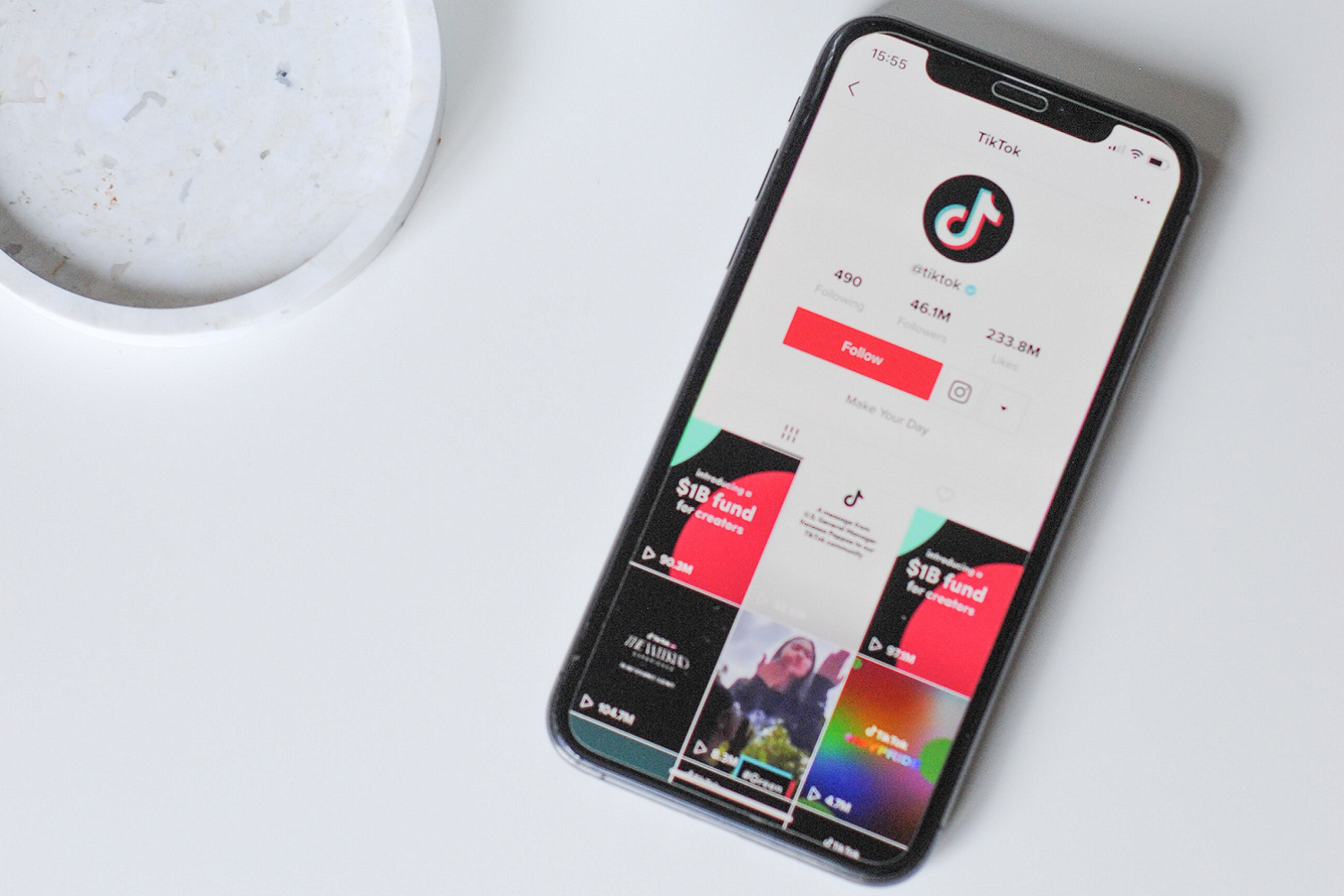Is Your Company Blog Not Working? Here’s 5 Reasons Why That May Be
Content marketing and blogging have proven to be effective digital marketing methods. Done right, they can generate leads and convert people to the next stage of your marketing funnel.
Yet, plenty of company blogs completely struggle to meet their content marketing goals. For one reason or another, they fail to find the right audience — or, for some, any audience at all.
Other blogs earn plenty of traffic but lackluster conversion numbers. Still others have myriad issues of their own related to various mistakes in strategy, positioning, site design and more.
To help you pinpoint where your issues may lie and how you can improve your blog performance, we have come up with five reasons why your current blog may not be working. These observations come from common company blog mistakes in the industry and how the top blogs fix them to find success.
You Don’t Have Your Target Audience in Mind
Before you write a new blog, you should always stop to check in with your audience goals. Namely: who is this blog for?
Consider your ideal target audience based on who you think will help you succeed in your business goals. If, for instance, you are a B2B software company, you may assume that your audience has at least a small level of expertise in your line of work. But if you are a financial services provider to a typical consumer, then you are going to have to cover even the most basic concepts to ensure your audience can keep up.
By the same token, you have to think about things your audience would be interested in reading. For instance, while someone in IT may be excited about “a new way to configure proxy servers,” the average consumer will want to know less about the solution itself and more about the benefits it offers. Looking at the latter type, they may need a headline that reads something like “New Method for Connecting Online Makes Actions Happen in Nanoseconds,” or something similar.
Think about what your audience needs to see to understand the point you’re trying to make, and think about the emotional triggers that can spur them to be interested enough to click. When you can understand what these needs, expectations and emotional triggers are, you can earn a higher volume of clicks from targeted audience groups.
Your Level of Quality Is Low
Spelling, grammar, and structure are all critical when writing blog entries. We say this not just because people will split hairs online (and they will), but more because rampant issues affect readability.
If your sentence don’t make sense, no one will be able to understand your point. If you misspell words, people may be confused as to what you meant to say. Use a spell checker, and have someone with a solid sense of grammar review your posts for publication.
As for structure, try to lay out your blog in a way that makes it skimmable. Instantly start with a topic introduction that tells people what they will get out of reading. Then, break up your main point into several sub-topics that are easily read in small bite sizes.
Try to let one thought flow into the next. Make sure that almost everything you say builds off the last point, and always stay focused on the central purpose of your post. Getting feedback from others and rereading your post drafts after an hour or so of writing them can both help you think more like your audience and write more persuasive, compelling articles.
Your Blog Titles Aren’t Interesting
Certain approaches to headline writing can grab our attention, while others simply don’t work. If you find you have low conversions for your blog posts through search engines or social media, maybe your titles are to blame.
You can reference this guide to the most popular headlines on Facebook from Buzzsumo to get you started. Rand Fishkin of Moz also has a handy suggestion for writing short yet compelling headlines that don’t leave anything out.
You Don’t Have a Strong Call to Action
With limited exceptions, most business blogs will want to close out with a strong call to action (CTA). This section comes after the argument being made is completely wrapped up. It then instructs the reader on what they should do next in order to find even more information or benefits.
Example calls to action include:
●Take a look at our product page…
●Sign up for our email list…
●View further information for an upcoming course/webinar/event…
●Visit a service page for more information…
●Contact us to start the conversation…
●Read our other content…
Whatever your call to action is, make sure it is clear and written as a strong command or suggestion. While that may seem pushy, people respond better to messages written in this format and remember them more clearly.
You’ll start to notice that most marketers do this, too. A commercial would never say “consider visiting our store during our sales event.” Instead, they would lead with a commanding verb: “Come visit our store during our one-day sales event to get incredible savings!”
You Don’t Have the Right Landing Pages and Lead Capture Forms to Guide Your Audience to the Next Step
Sometimes when you can’t convert blog readers, the issue isn’t the blog itself but the website ecosystem around it.
Put simply: make sure that your calls to action lead to compelling landing pages or website pages. These pages should capture audience interest and further direct them to the next step.
If you don’t have anything like this available, make one! Even something as simple as a custom “Contact Us” landing page can help you convert more people compared to linking to your normal Contact Us page.
For normal website pages you want to link to, like explanations of your services, ensure that the page guides the reader through the most important information and benefits first, concluding in yet another strong CTA.
You may not even need a landing page link to accomplish certain goals. For instance, many websites have found that email address capture forms displayed adjacent to blog content work better than a custom landing page.
Just make sure that any forms present on your content are short and involve minimal work. Their placement should also not disrupt the reader’s ability to digest the content at their own pace.
Let Data Tell You About the Company Blog Mistakes You’re Making
The above suggestions work well in general, but you need to know what you’re blog has to change to get better performance.
To learn what that might be, look to your own data. You can configure Google Analytics for free to inform you about where, exactly, your blog is failing you.
A low click through rate (CTR) on organic search means that maybe your titles or meta descriptions need work, for instance. A decent readership but low conversions means you need more convincing calls to action and easier access to the next step for readers. A high bounce rate means that people were intrigued by your headline, but didn’t like what they saw when they clicked.
Study your data, pledge to work on best practices, and write for your audience. These approaches will help you get better performance from your company blog in 2018 as you make marginal improvements over time.
Content Written For Digital Harvest Marketing
Are you looking for help navigating the ever complicated digital marketing space? We can help!
The Harvest














